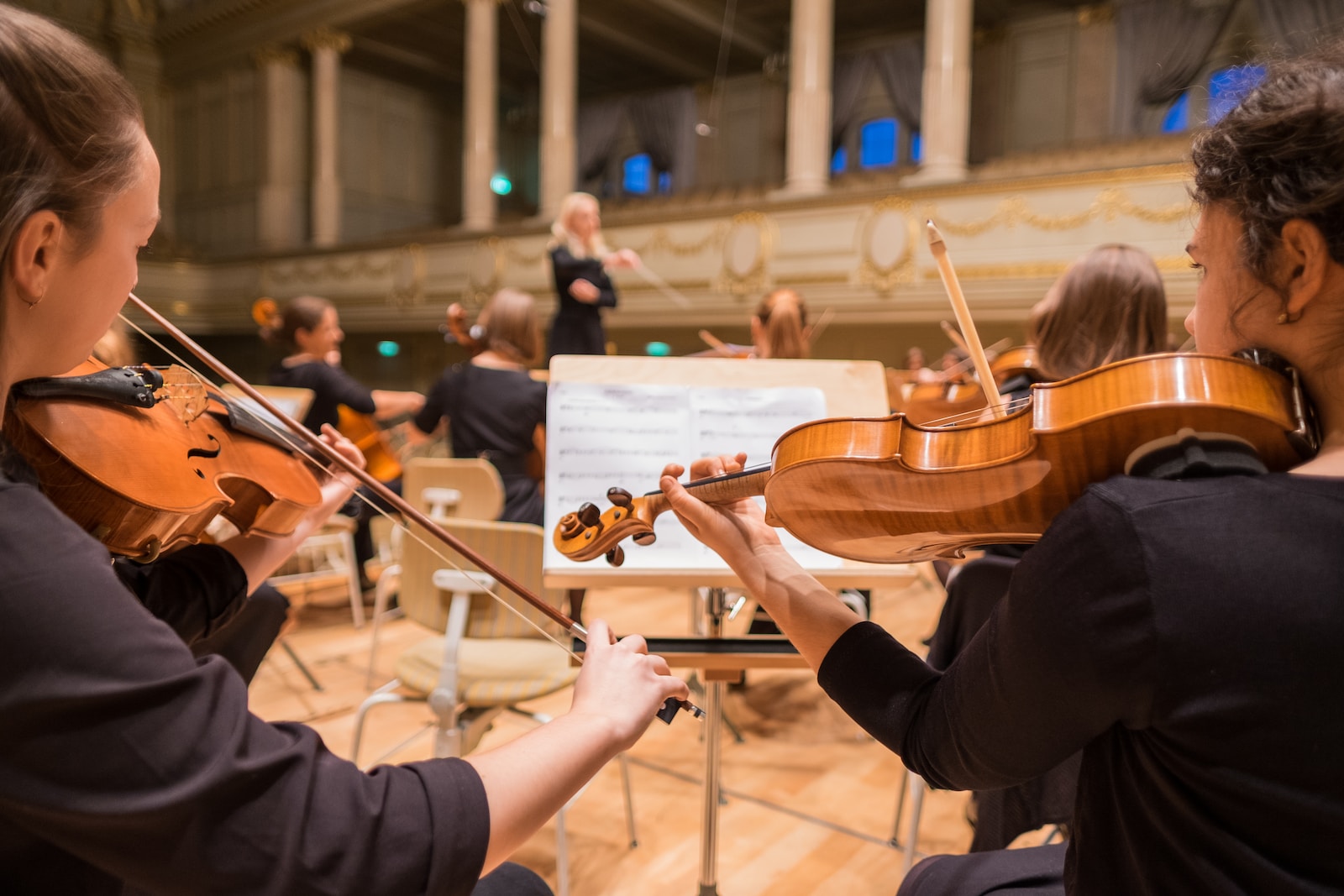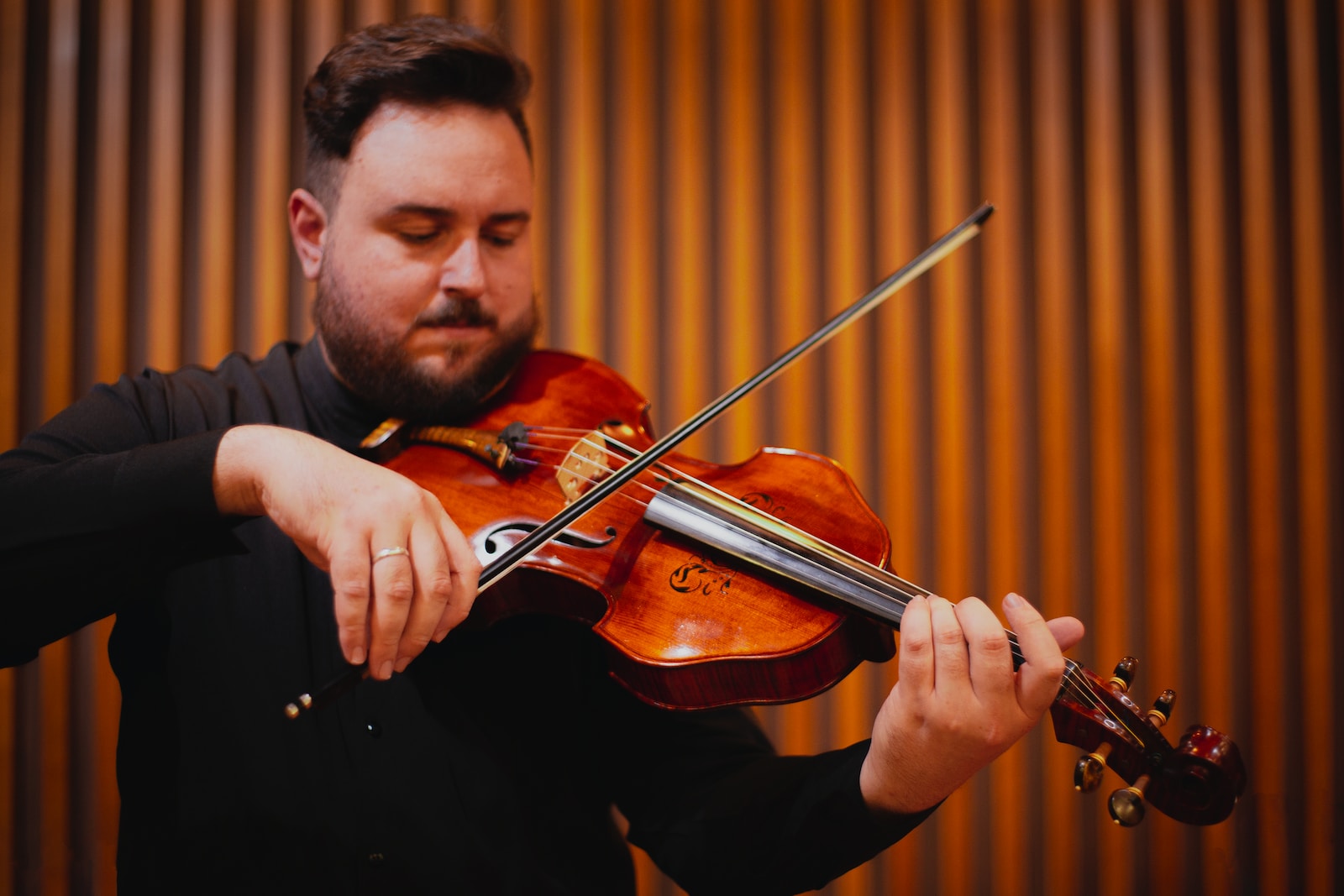The viola is a bowed string instrument that is slightly larger than the violin and has a deeper, richer tone. It is often considered the “middle voice” of the string family, sitting between the higher-pitched violin and the lower-pitched cello. The viola is similar to the violin in many ways, but it has a few key differences in its design and components.
Here is an overview of the main components of a viola:
- Body: The body of the viola is made up of two parts, the top (or belly) and the back. The top is usually made of spruce, while the back can be made of maple, mahogany, or other hardwoods. The body is slightly larger than the violin, with a longer and wider waist. The body is also hollow to allow the sound to resonate and is shaped like a curved hourglass.
- Neck: The neck of the viola is attached to the body and extends upwards towards the headstock. It is usually made of maple or other hardwoods and is fitted with a fingerboard made of ebony or other hard woods. The neck holds the strings, and the fingerboard is where the musician places their fingers to change the pitch of the notes.
- Strings: The viola has four strings that are similar to the violin in terms of tuning and pitch (G, D, A, E), but they are slightly thicker and produce a deeper, more mellow tone. The strings are stretched over the bridge and are held in place by the tailpiece.
- Bridge: The bridge of the viola is similar to the violin in terms of shape and function. It is a thin piece of wood that is placed between the strings and the body of the viola. It is curved to allow the strings to vibrate freely and is held in place by the tension of the strings.
- Soundpost: The soundpost of the viola is also similar to the violin in terms of function. It is a small, cylindrical piece of wood that is placed inside the body of the viola, underneath the treble side of the bridge. It helps to transfer the vibrations from the strings to the body of the viola, which amplifies the sound.
- Bow: The bow of the viola is similar to the violin in terms of construction and materials. It is a long, slender stick made of wood, carbon fiber, or other materials. It is strung with horsehair and is used to play the strings of the viola. The bow is coated with rosin, a sticky substance that helps the bow grip the strings and produce a sound.
The viola differs from the violin in several key ways. It is larger, with a longer and wider body and a slightly longer neck. Its strings are also thicker, which produces a deeper, more mellow tone. Because of its size and deeper tone, the viola is often used to play harmony and accompaniment parts in orchestral music, whereas the violin is often used for melody and solo parts. Despite these differences, the viola and violin are both essential members of the string family and are often played together in orchestral and chamber music settings.












































































































